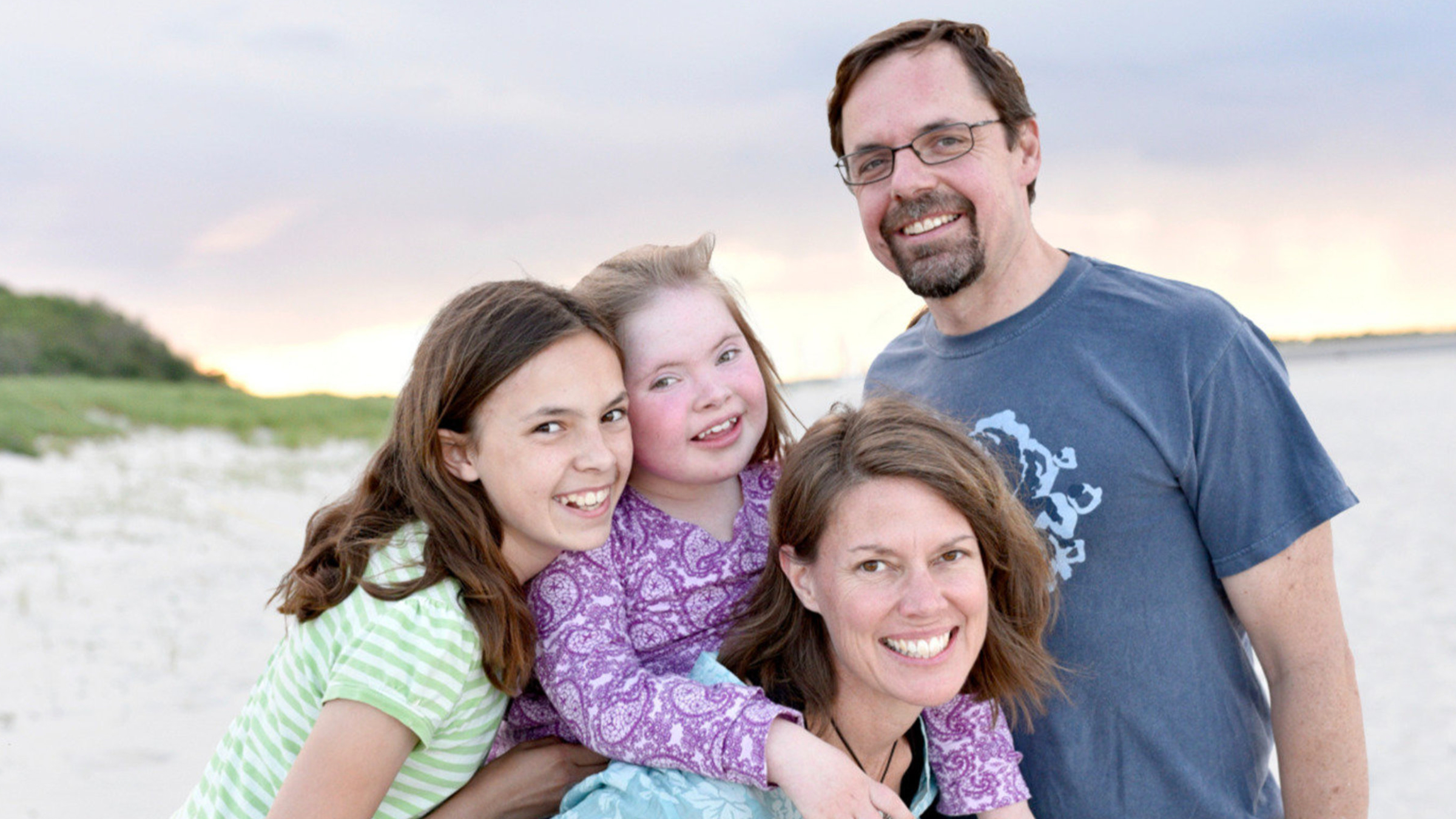NEWS UPDATE
Patient groups push abandoned rare disease gene therapy toward clinical trial
Two rare disease groups have produced the key funding needed to make a gene therapy for a very rare neurological disease. The treatment could reach patients as soon as next year after it was previously cast aside by a biotech company called Neurogene.

L-R: Teaghan Duff, Talia Duff, Jocelyn Duff and John Duff (Courtesy of Duff family)
September 26, 2025, Lei Lei Wu, News Reporter
The gene therapy has been taken on instead by Elpida Therapeutics. Elpida was started by Terry Pirovolakis, a father who made a treatment for his son with a rare disease and then set out to help other families make treatments for their own children. Elpida still has to raise additional funding to get this gene therapy to patients and is aiming to use grants to plug that gap.
Terry Pirovolakis
As industry money for gene therapies dries up, rare disease families are faced with the tall order of moving treatments forward themselves. Many of the treatments are viewed as promising, but have stalled because they are unlikely to make companies money.
In this case, several organizations are coming together over a gene therapy for Charcot-Marie-Tooth (CMT) disease type 4J, a condition that damages certain nerves and can impact movement, sensation and muscle function. The CMT Research Foundation and CureCMT4J have collectively raised $1.5 million for Elpida to manufacture the gene therapy, they announced on Friday at the Global CMT Research Convention.
Elpida still has to get funding to run a clinical trial, but it previously received money from the California Institute for Regenerative Medicine and is currently waiting to hear back on another grant from CIRM that would enable it to do so. Elpida has already received clearance from the FDA to run a first study in patients.
“You take what you get, and you run where you’re at, right? You can’t just always assume something’s going to come,” Pirovolakis said.
He said that over the last two years, Elpida has been offered close to 40 programs for rare diseases, but it has only been able to take on a handful of them.
A therapy abandoned
In 2015, Jocelyn Duff learned that her daughter Talia has CMT4J, a rare subtype of the more than 100 forms of Charcot-Marie-Tooth disease. There are no treatments for the disease, and Duff set out to make a treatment for her daughter. She started CureCMT4J and was able to successfully raise over $1 million and get Neurogene to take on developing a gene therapy for her daughter’s condition.
But then the Covid pandemic hit.
“Everything came to a screeching halt, and our program, like so many others, was stopped,” Duff said. “I’ve really been working since then to pick up those pieces and get things moving again.”
Duff and Pirovolakis decided to work together and find ways to move the therapy forward. They were able to reboot a natural history study for people with CMT4J after Neurogene stopped its own, and the NIH’s Bespoke Gene Therapy Consortium selected the disease to be one of the eight in its program.
On Friday, CureCMT4J said it provided $700,000 to Elpida to make the gene therapy, while CMT Research Foundation provided $800,000.
Bringing a CMT4J treatment to the clinic
If all goes well, Elpida aims to begin treating patients in 2026. It would be the first clinical trial for people with CMT4J. Nationwide Children’s Hospital is also running a clinical trial of a separate gene therapy that includes some participants with CMT type 2S.
Laura MacNeill
The CMT4J gene therapy is administered directly into the spine, and uses viral particles to deliver functional copies of the gene FIG4, which is mutated in people with the disease.
CMT Research Foundation’s CEO Laura MacNeill, who has a different, slow-progressing form of the disease, said she hopes that the CMT4J gene therapy could also provide information on how to develop gene therapies for other forms of the disease.
“It can really fast-track a much deeper understanding of gene therapy for CMT patients — prove some things out, maybe disprove some things out,” she said. “We’re going to learn a lot about this approach at a very important time for gene therapy.”
AUTHOR
Lei Lei Wu
News Reporter
lwu@endpointsnews.com
@leilei_wuu
source: endpointsnews

